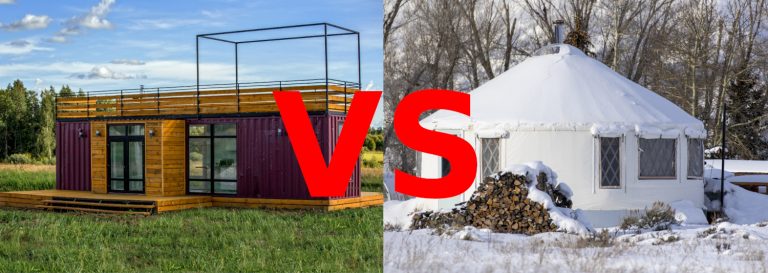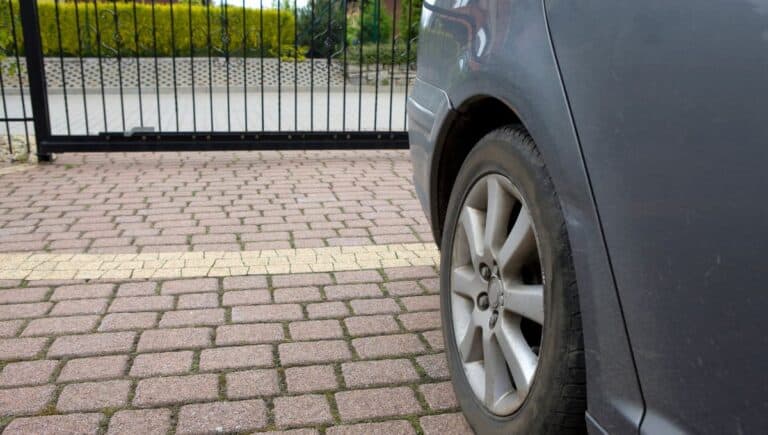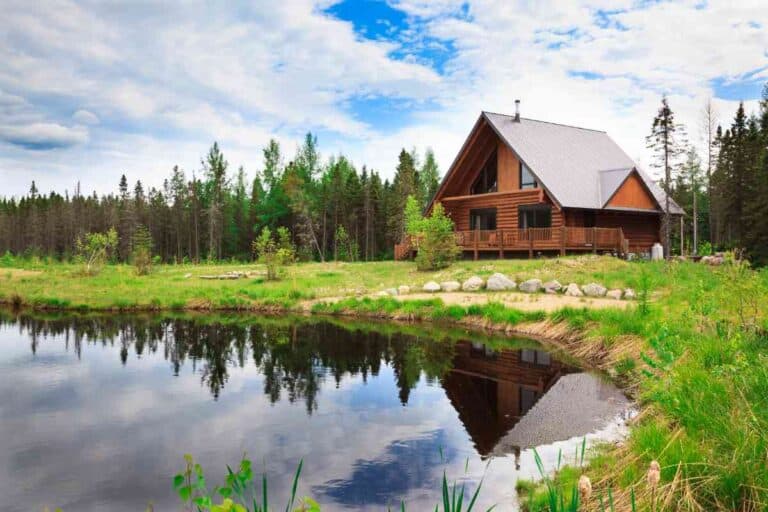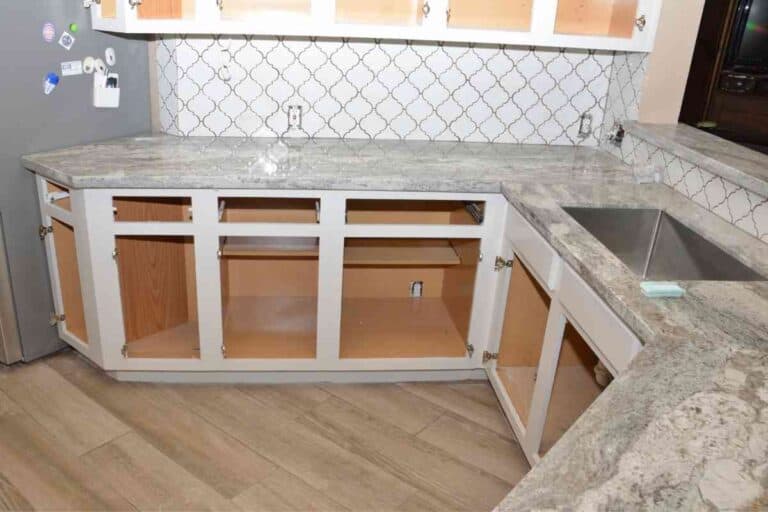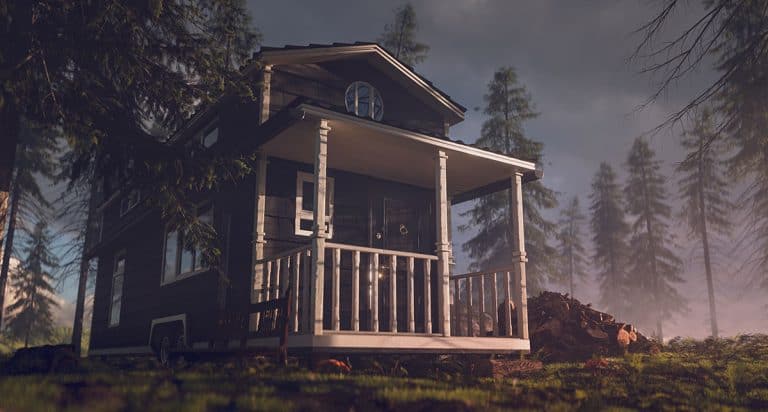Cabin Water Systems: A Comprehensive Guide
Cabin water systems are an essential part of having a safe, healthy stay in any cabin. These systems are responsible for providing drinking water, as well as water for showers, sinks, and toilets.
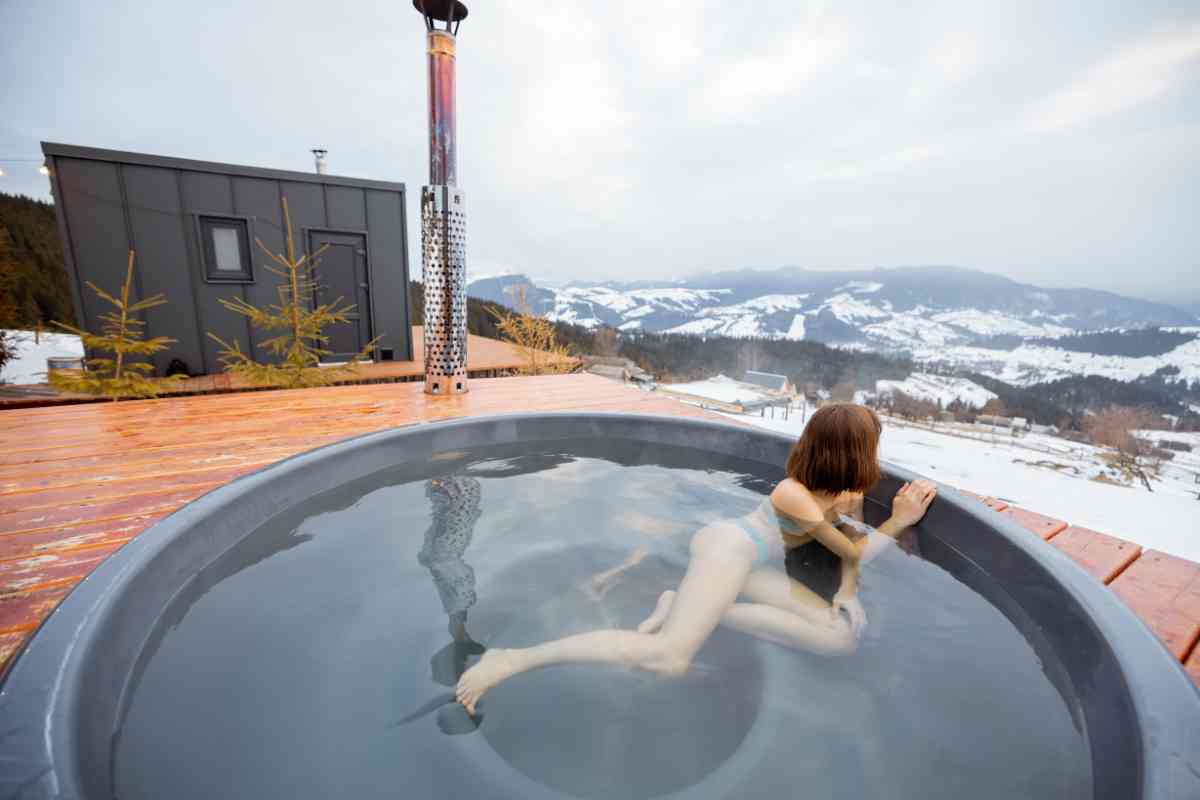
If your searches have brought you here, you’ll probably get a lot out of my article on how much it costs to build a cabin.
What do I need to know about cabin water systems?
When living off-grid in a cabin, understanding your water system is essential. You’ll need to identify reliable water sources, such as wells, surface water, or rainwater. Ensuring the water is treated through filtration, disinfection, or reverse osmosis is crucial. Finally, proper storage solutions, like tanks or barrels, are vital for consistent supply.
It’s important to note that cabin water systems can also pose a risk for waterborne illnesses like Legionnaires’ disease if they’re not properly maintained and treated. In this article, we’ll explore the basics of cabin water systems, including how they work, the different types of systems, and the potential risks associated with them. We’ll also provide tips for staying safe and healthy when using cabin water systems.
Understanding Cabin Water Systems
If you are living off-grid in a cabin, understanding your water system is crucial. Unlike urban areas, where water is readily available through municipal water systems, off-grid living requires you to find alternative sources of water. In this section, we’ll cover the basics of cabin water systems, including sources of water, water treatment, and storage.
Off-Grid Water Sources
When it comes to off-grid water sources, there are several options available. The most common sources of water for cabins include:
- Well Water: If you have access to a water table, drilling a well is an excellent option. Well water is generally clean, and you don’t need to worry about contaminants from surface water sources. However, drilling a well can be expensive, and you need to ensure that the well is correctly constructed and maintained.
- Surface Water: Surface water sources such as streams, rivers, and lakes are also an option. However, surface water sources are often contaminated with bacteria, viruses, and other pollutants. You’ll need to treat the water to make it safe for drinking and other uses.
- Rainwater: Collecting rainwater is another option for off-grid water. Rainwater is generally clean, but you’ll need to ensure that your collection system is properly designed and maintained. You’ll also need to treat the water to make it safe for drinking.
Water Treatment
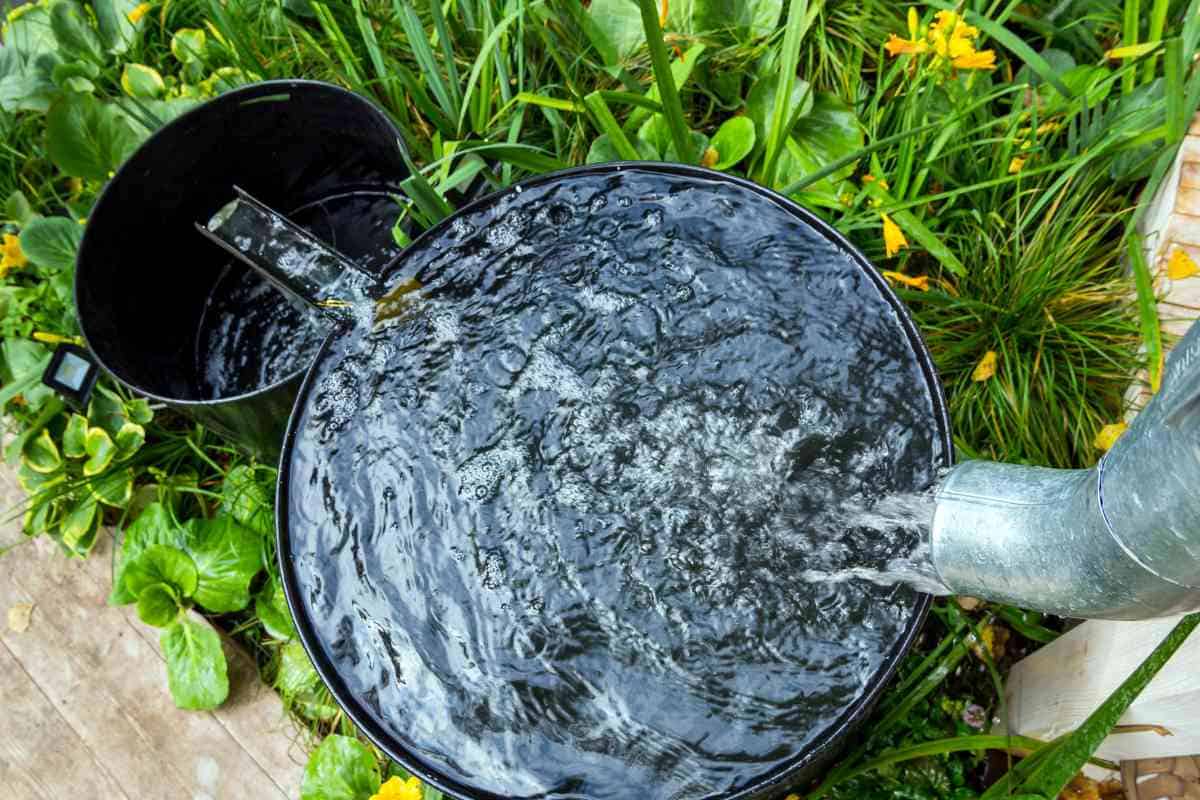
Regardless of your water source, you’ll need to treat the water to make it safe for drinking and other uses. Common water treatment methods include:
- Filtration: Filtration is the process of removing large particles from the water. A sediment filter is typically used to remove dirt, sand, and other debris.
- Disinfection: Disinfection is the process of killing bacteria, viruses, and other pathogens in the water. Common disinfection methods include chlorine, UV light, and ozone.
- Reverse Osmosis: Reverse osmosis is a process that removes dissolved solids from the water. This method is often used to remove minerals that can cause hard water.
Water Storage
Once you’ve treated your water, you’ll need to store it. Common water storage options include:
- Tanks: Water tanks are a popular option for storing water. They come in a variety of sizes and materials, including plastic and metal.
- Cisterns: Cisterns are another option for water storage. They are typically made of concrete or plastic and can hold large volumes of water.
- Barrels: If you have limited space, water barrels are a good option. They are relatively inexpensive and can be easily transported.
When it comes to off-grid living, understanding your cabin water system is crucial. By knowing your water sources, treatment methods, and storage options, you can ensure that you have a reliable supply of clean water for all your needs.
Water Sources for Cabins
When it comes to water sources for cabins, there are several options available. The most common sources of water for cabins include wells, rainwater, streams, springs, lake water, groundwater, ponds, and city water. Each source has its own advantages and disadvantages, and it’s important to choose the one that best suits your needs.
Well Water
Well water is one of the most common sources of water for cabins. It’s typically accessed through a drilled well, and the water is pumped up to the surface. Well water is often considered to be the most reliable and consistent source of water for cabins, but it can be affected by droughts and other environmental factors. It’s also important to have your well water tested regularly to ensure that it’s safe to drink.
Rainwater
Rainwater is another option for cabin water systems. It’s collected from the roof of the cabin and stored in a tank or cistern. Rainwater is generally considered to be safe to drink, but it should be treated before consumption. It’s important to note that rainwater collection is illegal in some areas, so it’s important to check local regulations before installing a rainwater collection system.
Stream and Spring Water
Stream and spring water can also be used as a water source for cabins. These sources are often considered to be the most natural and pure sources of water, but they can be affected by environmental factors such as pollution and drought. It’s important to have stream and spring water tested before using it for drinking or cooking.
Lake and Pond Water
Lake and pond water can also be used as a water source for cabins. However, it’s important to note that these sources can be affected by algae blooms and other environmental factors. It’s also important to have lake and pond water tested regularly to ensure that it’s safe to drink.
Groundwater
Groundwater is another common source of water for cabins. It’s accessed through a well or spring, and the water is pumped up to the surface. Groundwater is often considered to be a reliable and consistent source of water, but it can be affected by droughts and other environmental factors. It’s also important to have your groundwater tested regularly to ensure that it’s safe to drink.
City Water
If your cabin is located near a city or town, you may be able to connect to the local water supply. City water is generally considered to be safe to drink, but it can be affected by environmental factors such as pollution and drought. It’s important to note that connecting to city water may require permits and approvals from local authorities.
| Water Source | Advantages | Disadvantages |
| Well Water | Reliable and consistent | Can be affected by droughts and other environmental factors |
| Rainwater | Natural and pure | Illegal in some areas |
| Stream and Spring Water | Natural and pure | Can be affected by pollution and drought |
| Lake and Pond Water | Abundant | Can be affected by algae blooms and other environmental factors |
| Groundwater | Reliable and consistent | Can be affected by droughts and other environmental factors |
| City Water | Safe to drink | May require permits and approvals |
Whether you’re using well water, rainwater, stream and spring water, lake and pond water, groundwater, or city water, it’s important to have your water tested regularly to ensure that it’s safe to drink.
Water Collection Methods

Water Collection Methods When it comes to collecting water in your cabin, there are a variety of methods available. Each method has its own benefits and drawbacks, so it’s important to choose the one that is best suited for your needs.
Rainwater Collection System One popular method for collecting water is through a rainwater collection system. This system involves collecting rainwater from your roof and storing it in a water tank for later use. This method is particularly useful if you live in an area with a lot of rainfall, as it can help you save money on your water bill.
Water Storage Tank Another option for collecting water is through a water storage tank. This method involves collecting water from a nearby source, such as a river or stream, and storing it in a tank for later use. This method is particularly useful if you don’t have access to a reliable water source, as it allows you to store water for times when you need it.
Moving Water If you have a nearby stream or river, you may be able to collect water by moving it directly from the source. This method involves using a pump or other device to move the water from the source to your cabin. This method can be useful if you need a large amount of water quickly, but it can also be expensive and time-consuming.
Water Tank Another option for collecting water is through a water tank. This method involves installing a large tank on your property and collecting water from a nearby source, such as a well or spring. This method is particularly useful if you need a large amount of water for a specific purpose, such as irrigation or livestock.
Table
| Method | Pros | Cons |
| Rainwater Collection System | Saves money on water bill, environmentally friendly | Requires a lot of rainfall, may be expensive to install |
| Water Storage Tank | Allows you to store water for later use, useful if you don’t have access to a reliable water source | May be expensive to install, requires maintenance |
| Moving Water | Can provide a large amount of water quickly | Expensive and time-consuming |
| Water Tank | Useful for specific purposes, such as irrigation or livestock | May be expensive to install, requires maintenance |
Overall, there are a variety of methods available for collecting water in your cabin. By choosing the method that is best suited for your needs, you can ensure that you always have access to the water you need, no matter what.
Water Pump Systems
If you want to have a reliable and efficient water supply in your cabin, you need to have a good water pump system. A water pump system is responsible for pumping water from a well, lake, or other water source and delivering it to your cabin. There are different types of water pump systems, including submersible pumps, well pumps, and electric water pumps. In this section, we will discuss the different types of water pump systems and their features.
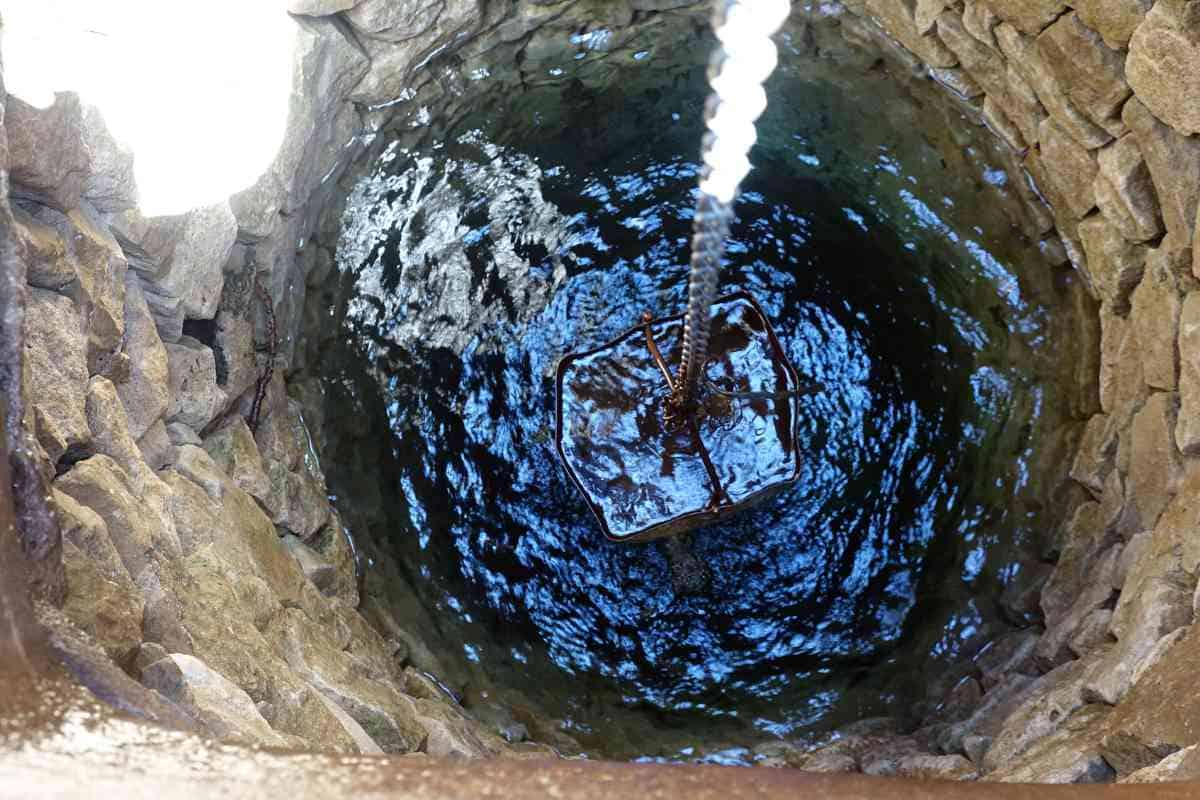
Submersible Pumps
Submersible pumps are designed to be submerged in water. They are often used in wells or other deep water sources. These pumps are usually more expensive than other types of pumps, but they are very efficient and can deliver a high flow rate. Submersible pumps are also very quiet and require less maintenance than other pumps.
| Advantages | Disadvantages |
| Can be used in deep water sources | More expensive than other pumps |
| Efficient and high flow rate | Requires professional installation |
| Quiet operation | Difficult to repair |
Well Pumps
Well pumps are used to pump water from a well. They are typically installed in a well casing and can be either submersible or above-ground. Well pumps are usually less expensive than submersible pumps, but they may not be as efficient. They also require more maintenance than submersible pumps.
| Advantages | Disadvantages |
| Lower cost than submersible pumps | Less efficient than submersible pumps |
| Above-ground models are easy to access | Requires regular maintenance |
| Can be used with shallow or deep wells | Can be noisy |
Electric Water Pumps
Electric water pumps are powered by electricity and can be used to pump water from a variety of sources. They are often used in cabins that are connected to the grid. Electric water pumps are relatively inexpensive and easy to install. However, they may not be as efficient as other types of pumps.
| Advantages | Disadvantages |
| Inexpensive and easy to install | May not be as efficient as other types of pumps |
| Can be used with a variety of water sources | Requires access to electricity |
| Low maintenance | Can be noisy |
When choosing a water pump system for your cabin, it is important to consider factors such as the water source, the flow rate, and the pressure requirements. You should also consider the cost and maintenance requirements of each type of pump. With the right water pump system, you can enjoy a reliable and efficient water supply in your cabin.
Water Filtration Systems
When it comes to cabin water systems, one of the most important components is the water filtration system. A proper water filtration system ensures that you have access to clean, safe drinking water.
Types of Filters
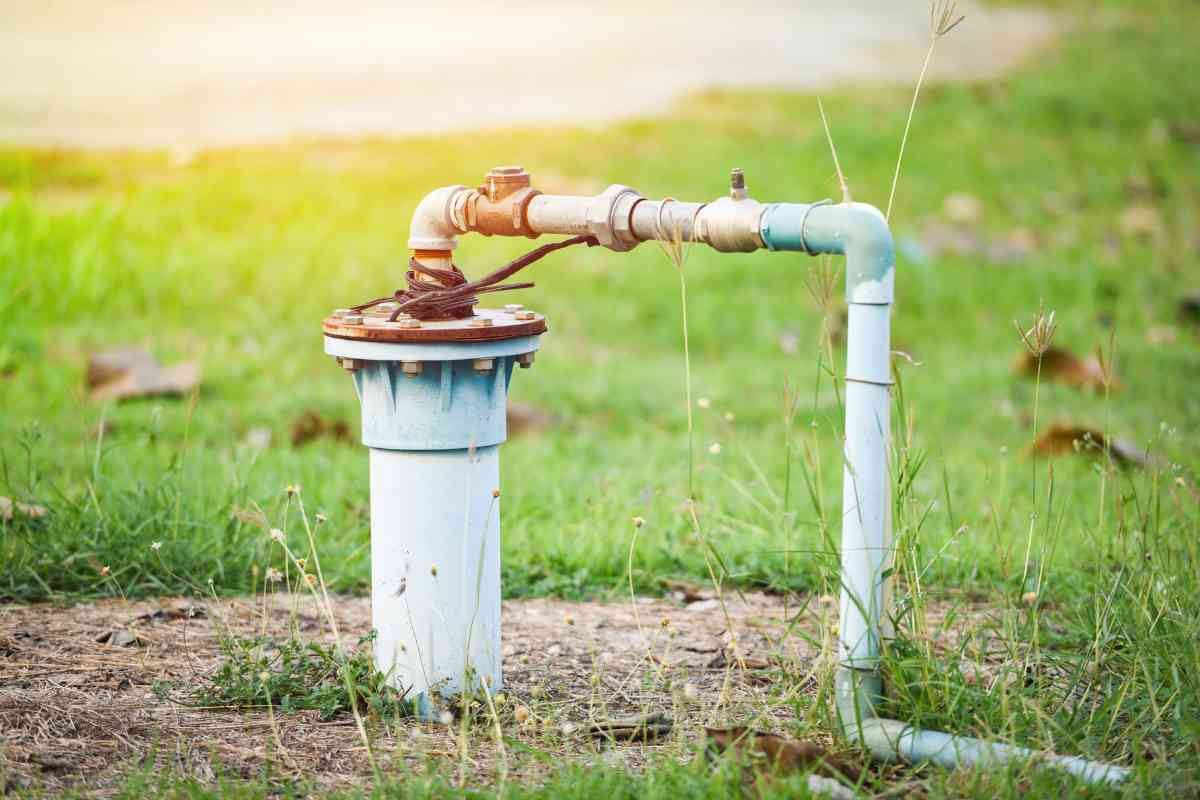
There are several types of filters available for cabin water systems, including activated carbon filters, sediment filters, and reverse osmosis filters. Each type of filter has its own strengths and weaknesses, and the best filter for your cabin will depend on your specific needs and water source.
| Filter Type | Description |
| Activated Carbon Filters | These filters use activated carbon to remove impurities from the water. They are effective at removing chlorine, sediment, and volatile organic compounds (VOCs). |
| Sediment Filters | These filters use a physical barrier to remove sediment and other large particles from the water. They are effective at removing dirt, sand, and rust. |
| Reverse Osmosis Filters | These filters use a semi-permeable membrane to remove impurities from the water. They are effective at removing dissolved solids, heavy metals, and other contaminants. |
Drinking Water vs. Well Water
If your cabin is connected to a municipal water supply, you may only need a basic filtration system to remove chlorine and other chemicals. However, if you are using well water, you may need a more advanced filtration system to remove sediment, bacteria, and other contaminants.
Maintenance
No matter what type of filter you choose, it is important to perform regular maintenance to ensure that it is functioning properly. This may include replacing filters, cleaning the system, and checking for leaks.
A proper water filtration system is essential for any cabin water system. By choosing the right filter for your specific needs and performing regular maintenance, you can ensure that you have access to clean, safe drinking water.
Plumbing and Infrastructure
When it comes to cabin water systems, the plumbing and infrastructure are essential components that ensure the proper functioning of the system. The plumbing includes all the pipes, valves, and fixtures that transport water to and from the cabin. The infrastructure refers to the underlying system that delivers water to the cabin, including the pressure tank, underground tank, and building permit.
Plumbing
The plumbing system of a cabin water system is typically made up of PVC pipes. PVC pipes are lightweight, easy to install, and resistant to corrosion, making them an ideal choice for cabin water systems. The pipes are connected using screws or glue, and the fixtures, such as faucets and toilets, are attached to the pipes using threaded connections.
To ensure the proper functioning of the plumbing system, it is important to follow the manufacturer’s instructions for installation and maintenance. Regular inspections should be conducted to check for leaks, cracks, or other damage to the pipes or fixtures. Any issues should be addressed promptly to prevent further damage to the system.
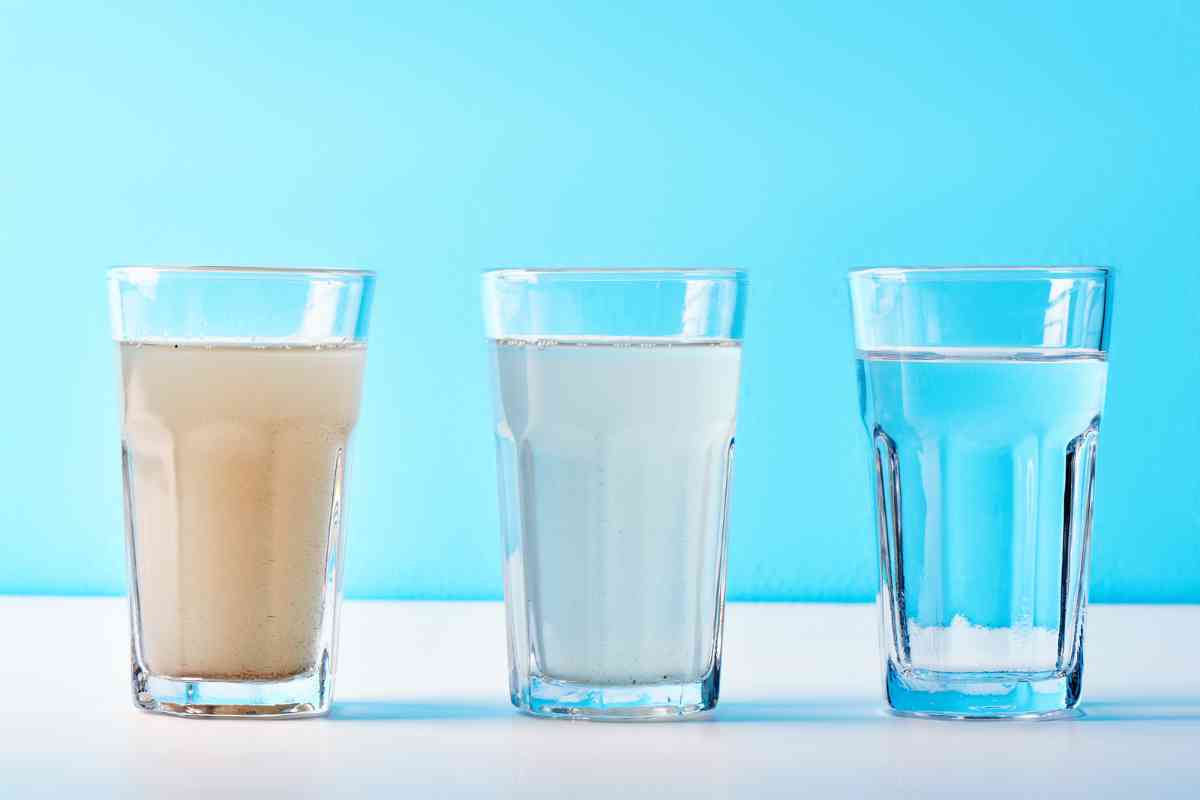
Infrastructure
The infrastructure of a cabin water system includes the pressure tank, underground tank, and building permit. The pressure tank is responsible for maintaining a consistent water pressure throughout the cabin. The underground tank stores water that is pumped from a well or other water source. The building permit is required to ensure that the cabin water system meets local building codes and regulations.
To ensure the proper functioning of the infrastructure, it is important to have the system installed by a licensed professional. Regular inspections should be conducted to check for leaks, cracks, or other damage to the tanks or other components of the infrastructure. Any issues should be addressed promptly to prevent further damage to the system.
| Component | Function |
| Pressure tank | Maintains consistent water pressure throughout the cabin |
| Underground tank | Stores water that is pumped from a well or other water source |
| Building permit | Ensures that the cabin water system meets local building codes and regulations |
In conclusion, the plumbing and infrastructure are essential components of a cabin water system. It is important to follow the manufacturer’s instructions for installation and maintenance, conduct regular inspections, and address any issues promptly to ensure the proper functioning of the system.
Powering Your Water System
When it comes to powering your cabin’s water system, there are a few options to consider. The most common method is to connect your water system to the electric grid, but this may not be feasible for all cabins. In this case, you may want to consider alternative power sources such as solar power.
Electricity
If you have access to the electric grid, connecting your cabin’s water system is a straightforward process. Your water system will require a pump to move the water from the source to your cabin, and this pump will need to be connected to a power source. Most water pumps require a 120-volt electrical outlet, which can be installed by a licensed electrician.
Solar Power
If you don’t have access to the electric grid or want to reduce your cabin’s reliance on electricity, solar power may be a good option. Solar panels can be used to generate electricity to power your water system, and this can be a cost-effective and environmentally friendly solution.
When using solar power, it’s important to ensure that your system is properly designed and installed. This will require a solar panel array, a battery bank to store the energy generated by the panels, and an inverter to convert the DC power generated by the panels into AC power that can be used by your water system.
Here is a table that compares the pros and cons of using electricity and solar power to power your cabin’s water system:
| Method | Pros | Cons |
| Electricity | Easy to install, reliable, low maintenance | Requires access to the electric grid, can be expensive to operate |
| Solar Power | Environmentally friendly, can be cost-effective, reduces reliance on the electric grid | Requires proper design and installation, may not be feasible in all locations |
In conclusion, there are multiple options when it comes to powering your cabin’s water system. Whether you choose to connect to the electric grid or use solar power, it’s important to ensure that your system is properly designed and installed to ensure reliable and cost-effective operation.
Emergency and Backup Systems
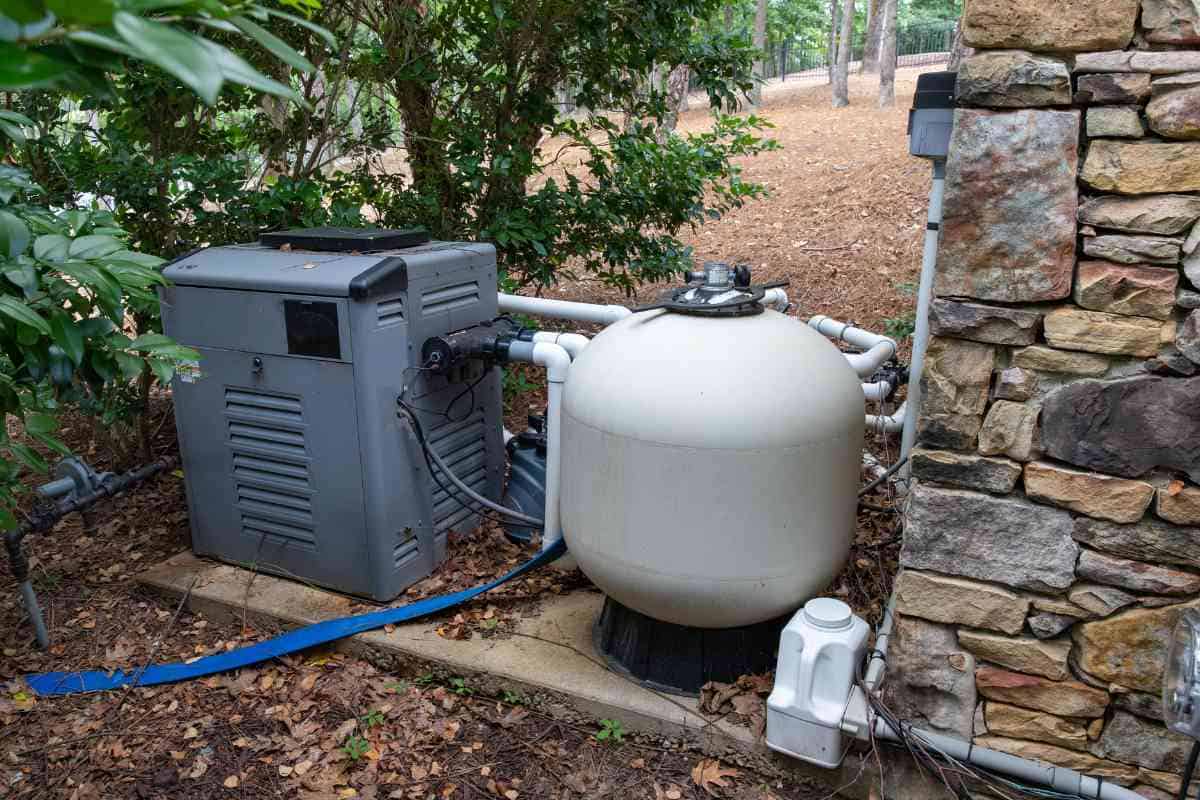
When it comes to cabin water systems, having backup and emergency systems in place is crucial. You never know when an emergency situation might arise, and having a reliable backup system can ensure that you have access to clean water at all times.
Emergency Systems
An emergency system is a system that is designed to provide water in the event of a failure in the primary water supply system. This can include things like a backup water tank or a backup water source. When designing an emergency system, it’s important to consider the following factors:
- Water source: The emergency system should have a reliable water source that is easily accessible in the event of an emergency. This can include things like a well, a nearby stream or lake, or even rainwater collection systems.
- Water storage: The emergency system should have adequate water storage capacity to ensure that you have access to clean water for an extended period of time. This can include things like water tanks or water barrels.
- Water treatment: The emergency system should include a water treatment system to ensure that the water is safe to drink. This can include things like a water filter or a water purification system.
Backup Systems
A backup system is a system that is designed to provide water in the event of a failure in the primary water supply system. This can include things like a backup water pump or a backup water heater. When designing a backup system, it’s important to consider the following factors:
- Water pump: The backup system should include a backup water pump to ensure that you have access to water even if the primary water pump fails. This can include things like a hand pump or a backup electric pump.
- Water heater: The backup system should include a backup water heater to ensure that you have access to hot water even if the primary water heater fails. This can include things like a backup propane water heater or a backup solar water heater.
- Water storage: The backup system should have adequate water storage capacity to ensure that you have access to clean water for an extended period of time. This can include things like water tanks or water barrels.
When it comes to emergency and backup systems, it’s important to have a plan in place and to ensure that your systems are regularly maintained and tested. By taking these steps, you can ensure that you have access to clean water at all times, even in the event of an emergency.
Budget Considerations
When it comes to cabin water systems, budget considerations are an important factor to keep in mind. Whether you are building your own DIY system or purchasing a pre-made one, it is important to have a clear understanding of the costs involved.
DIY Systems
If you are considering building your own cabin water system, there are a few key factors to keep in mind when it comes to budget considerations. First and foremost, you will need to purchase all of the necessary components for your system, including tanks, pipes, filters, and pumps. Depending on the size of your system and the quality of the components you choose, these costs can vary widely.
To help you get a better idea of the potential costs involved in building your own cabin water system, here is a table outlining some estimated costs for a basic system:
| Component | Estimated Cost |
| Water tank | $100-$500 |
| Pipes | $50-$200 |
| Filters | $50-$200 |
| Pump | $100-$500 |
| Total | $300-$1400 |
Pre-Made Systems
If you are not interested in building your own cabin water system, there are plenty of pre-made options available on the market. While these systems can be more expensive than DIY options, they also come with the benefit of being pre-built and ready to install.
When considering pre-made systems, it is important to keep in mind that the cost will depend on a variety of factors, including the size and quality of the system, as well as any additional features or components included. Here is a table outlining some estimated costs for pre-made systems:
| System Type | Estimated Cost |
| Gravity-fed system | $500-$2000 |
| Pump-driven system | $1000-$5000 |
| Reverse osmosis system | $2000-$10,000 |
It is important to note that these costs are estimates and can vary widely depending on the specific system you choose. Additionally, it is important to factor in any additional costs associated with installation, maintenance, and repairs when considering the budget for your cabin water system.
Overall, when it comes to budget considerations for cabin water systems, it is important to do your research and carefully consider all of the costs involved. Whether you choose to build your own DIY system or purchase a pre-made one, understanding the potential costs can help you make an informed decision and ensure that your cabin water system meets your needs and budget.
Water Heating Systems
When it comes to cabin water systems, water heating is an essential component. There are various types of water heating systems available, each with its own advantages and disadvantages. In this section, we will discuss some of the most common water heating systems used in cabins.
Tankless Water Heaters
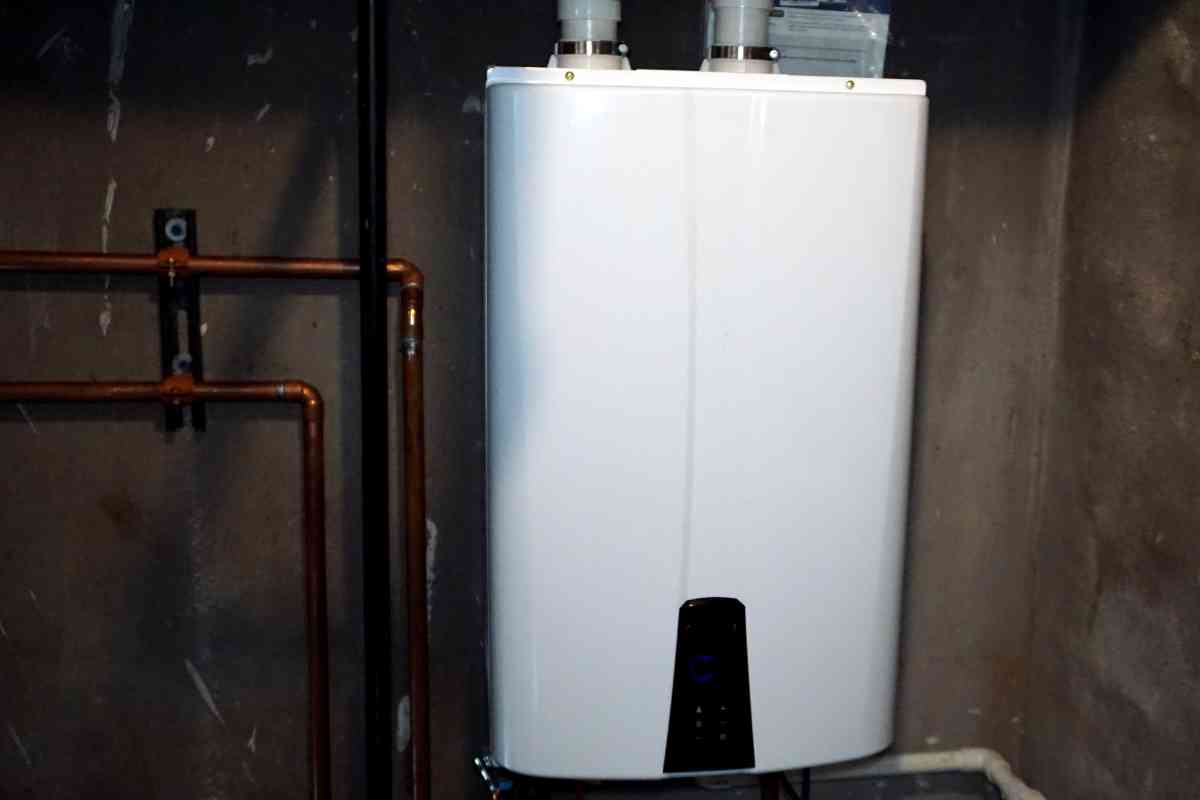
Tankless water heaters, also known as on-demand water heaters, are becoming increasingly popular in cabins. They are more energy-efficient than traditional tank water heaters because they only heat water when it is needed. This means that you don’t have to keep a large tank of water hot all the time, which can save you money on your energy bills.
One of the main advantages of tankless water heaters is that they provide an endless supply of hot water. This means that you can take a long shower or run the dishwasher without worrying about running out of hot water. They are also smaller than traditional tank water heaters, which can be beneficial in cabins where space is limited.
Natural Gas Water Heaters
Natural gas water heaters are another popular option for cabin water systems. They are reliable and can provide a large amount of hot water quickly. They are also less expensive to operate than electric water heaters, which can save you money in the long run.
One thing to keep in mind is that natural gas water heaters require a gas line to be installed in your cabin. This can be an added expense if you don’t already have a gas line. Additionally, natural gas water heaters produce greenhouse gases, so they are not the most environmentally friendly option.
Comparison Table
Here is a comparison table that outlines some of the key differences between tankless water heaters and natural gas water heaters:
| Feature | Tankless Water Heaters | Natural Gas Water Heaters |
| Energy Efficiency | More efficient | Less efficient |
| Hot Water Supply | Endless | Limited |
| Size | Smaller | Larger |
| Cost to Operate | More expensive | Less expensive |
| Installation | Easier | Requires gas line |
| Environmental Impact | More eco-friendly | Produces greenhouse gases |
Choosing the right water heating system for your cabin will depend on your specific needs and preferences. Consider factors such as energy efficiency, hot water supply, size, cost, installation, and environmental impact when making your decision.
Additional Considerations
When setting up a cabin water system, there are several additional considerations that you should keep in mind to ensure a reliable and sustainable water supply.
Homestead
If you plan to use your cabin as a homestead, you will need to consider the water needs of a larger household. You may need to install a larger water tank or dig a well to meet your needs. Additionally, you may want to consider installing a water filtration system to ensure that your water is safe to drink.
Outhouse
If you plan to have an outhouse, you will need to ensure that your water supply is not contaminated by waste. You may want to consider installing a pulley system to transport water from a nearby source to your cabin to avoid contamination.
Vacation
If you plan to use your cabin for vacation purposes only, you may not need a large water supply. However, you will need to ensure that your water supply is properly stored to prevent contamination and ensure that it is available when you need it.
Erosion
Erosion can be a significant problem for cabin water systems, especially if you are relying on surface water sources. You may need to take steps to prevent erosion, such as planting vegetation or building retaining walls.
Dig a Well
Digging a well can be an effective way to ensure a reliable water supply for your cabin. However, you will need to ensure that the well is properly constructed and maintained to prevent contamination and ensure that it continues to provide water.
Storing Water
Storing water is essential for ensuring a reliable water supply for your cabin. You may want to consider installing a rainwater harvesting system or purchasing a large water tank to store water. Additionally, you will need to ensure that your water storage system is properly maintained to prevent contamination.
| Consideration | Solution |
| Homestead | Install a larger water tank or dig a well |
| Outhouse | Install a pulley system to transport water |
| Vacation | Store water properly |
| Erosion | Plant vegetation or build retaining walls |
| Dig a Well | Ensure proper construction and maintenance |
| Storing Water | Install a rainwater harvesting system or purchase a large water tank |
Overall, by taking these additional considerations into account, you can ensure that your cabin water system is reliable, sustainable, and meets your needs.
Conclusion
In conclusion, ensuring a reliable source of water in a remote cabin requires careful planning and understanding of the entire water distribution system. From tapping into natural springs or utilizing well water, to the importance of gutters for rainwater collection, every detail matters.
Whether you’re storing gallons of water in plastic barrels or larger cisterns, treatment remains paramount. Filtration, disinfection, and even advanced methods like reverse osmosis can be employed to ensure the water’s safety.
While off-grid living might not offer the convenience of a municipal water system, with the right resources and knowledge, you can establish a dependable and efficient water system, even in the most cold climate or rugged terrain. Remember, every drop counts, and understanding your cabin’s water system is the key to sustainable and safe off-grid living.
Frequently Asked Questions
What are some alternative water sources for a cabin?
If you’re living in a cabin and don’t have access to a well, there are still several alternative water sources available. These include rainwater, surface water, and groundwater. Rainwater can be collected from the roof of your cabin and stored in a tank for later use. Surface water such as lakes, rivers, and streams can be used as a water source, but it may require treatment before it’s safe to drink. Groundwater can be accessed through a spring or by digging a well.
How can I set up an off-grid water system for my cabin?
To set up an off-grid water system for your cabin, you’ll need to determine your water source, whether it’s from a well, spring, or surface water. You’ll also need a water storage tank, a pump, and a filtration system to ensure the water is safe to drink. Solar panels or a generator can be used to power the pump.
What are the costs associated with an off-grid water system?
The cost of an off-grid water system for a cabin can vary depending on the type of system you choose and the size of your cabin. A basic system can cost anywhere from $1,000 to $5,000, while a more advanced system can cost upwards of $10,000. Keep in mind that ongoing maintenance costs will also need to be factored in.
How do I get running water in a cabin without a well?
If you don’t have access to a well, there are still several ways to get running water in your cabin. One option is to collect rainwater and store it in a tank. Another option is to use surface water, such as a nearby stream or lake. A filtration system will need to be installed to ensure the water is safe to drink.
What are some ways to get water when living off the grid?
When living off the grid, you’ll need to rely on alternative water sources such as rainwater, surface water, and groundwater. It’s important to ensure that the water is safe to drink by using a filtration system or treating the water with chemicals.
What are the options for supplying my own water at a cabin?
The options for supplying your own water at a cabin include drilling a well, accessing groundwater through a spring, or using surface water such as a nearby stream or lake. Rainwater can also be collected and stored for later use. A water storage tank and filtration system will need to be installed to ensure the water is safe to drink.

